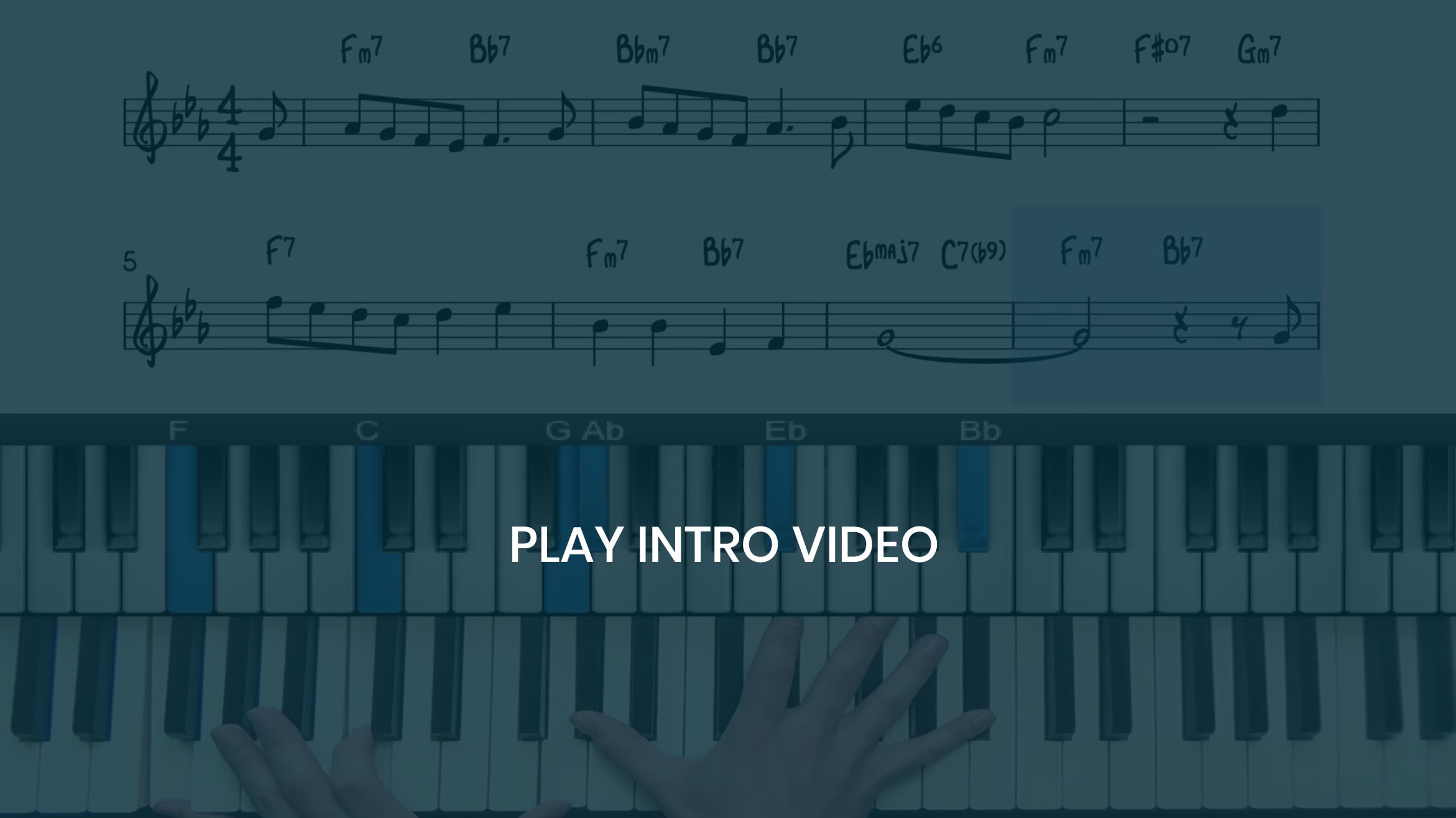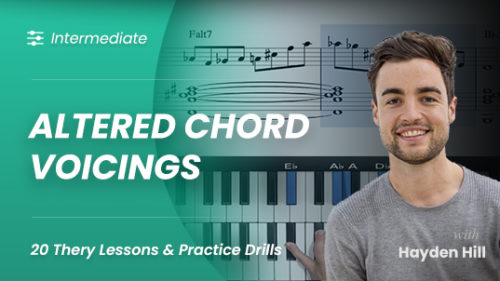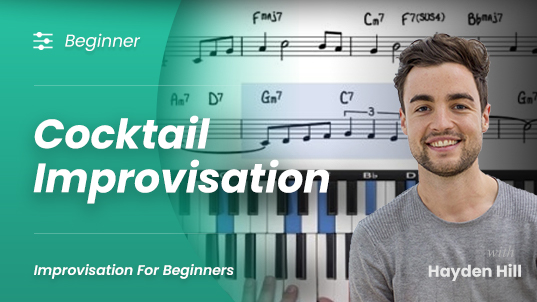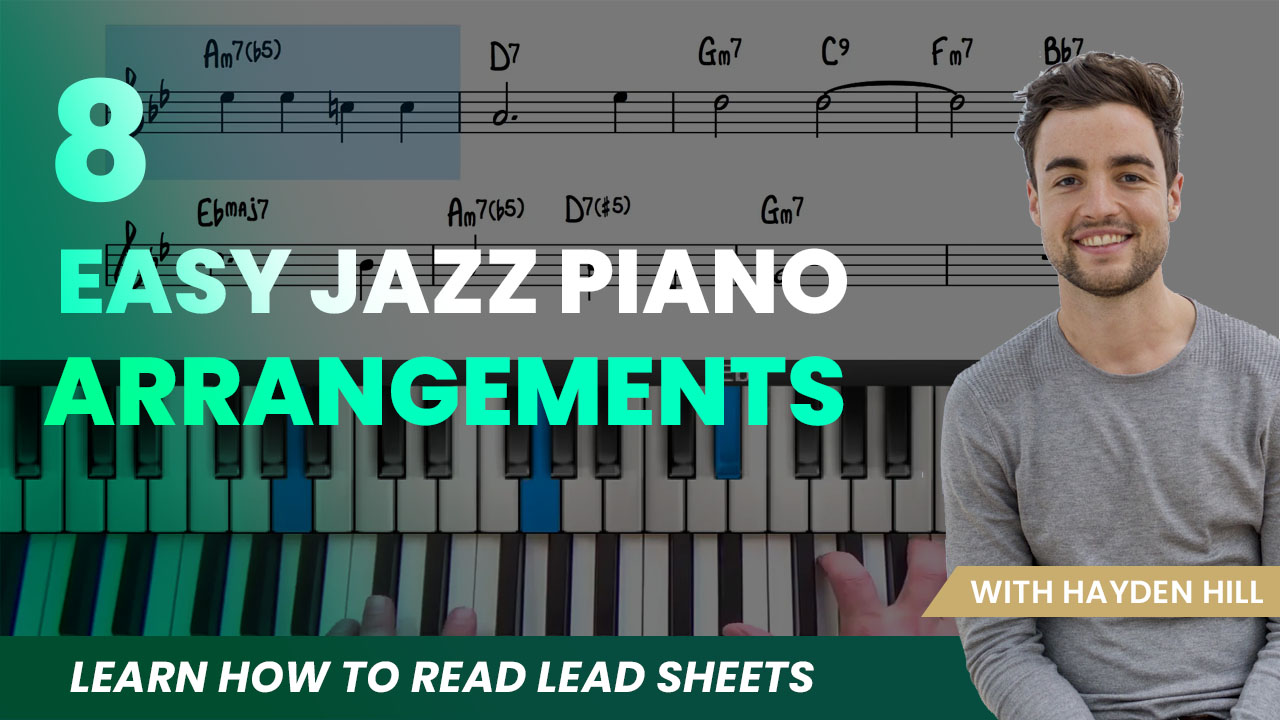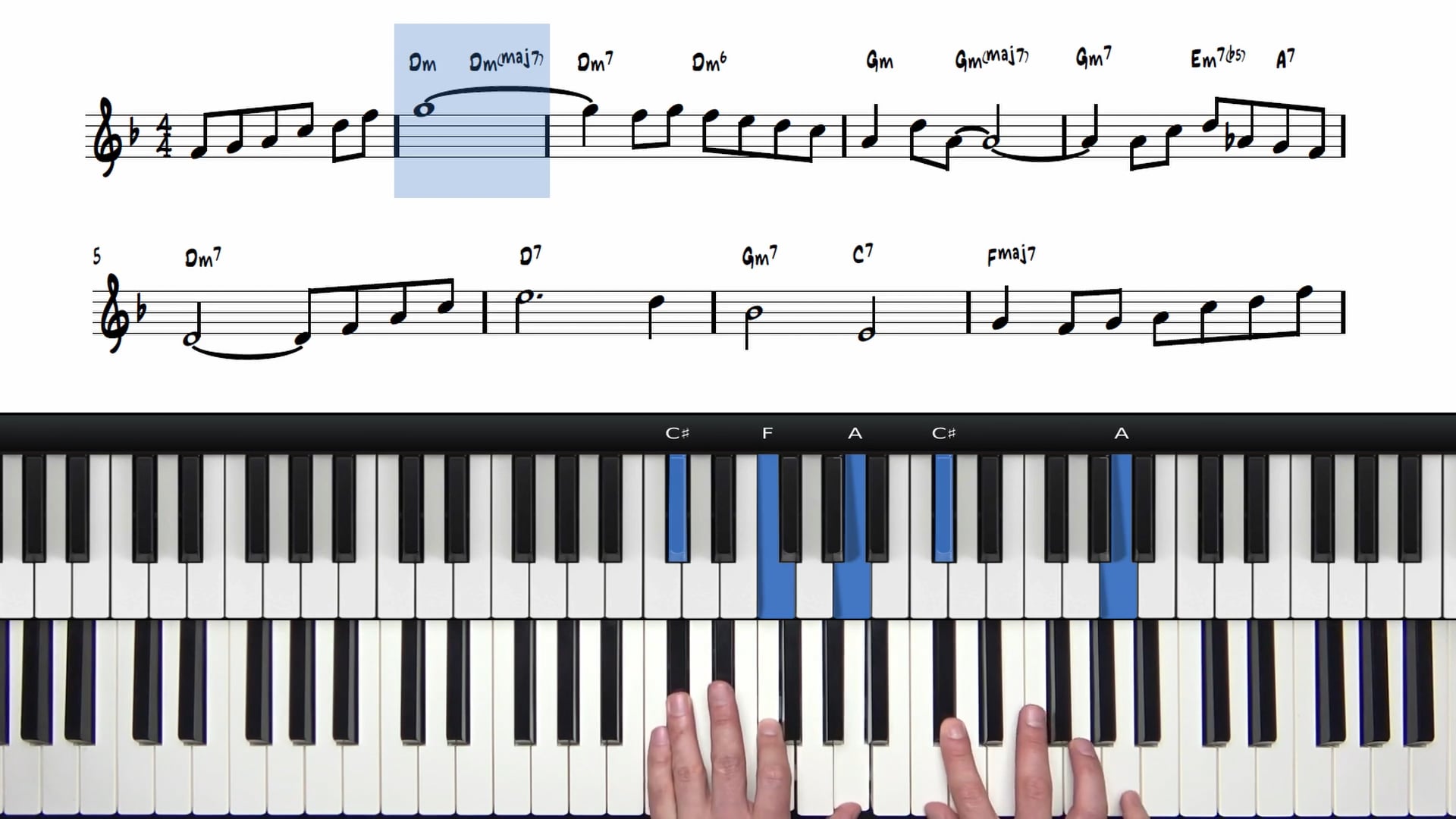Altered Harmony & USTs
This course explores the altered chord tones: b9s, #9s, #11s, and #5s / b13s. We then create upper structure triads and apply to 4 famous jazz standards.
to this course, right now!
Summary Information:
One-time purchase - learn at your own pace, with unlimited access to this course.
- Difficulty: Intermediate
- View Online with Lifetime Access
- Video Slow Down Controls
- A/B Loop
- Theory Lessons
- Performances & Arrangements
- 39 PDF Files & Lesson Supplements
Altered Harmony & USTs
This course explores the altered chord tones: b9s, #9s, #11s, and #5s / b13s. We then create upper structure triads and apply to 4 famous jazz standards.
Once you understand the concept of extended harmony, it to introduce altered tones by raising or lowering the upper extensions of the chord.
This course starts with the altered major 251 progression which allows you to create more interesting progressions in major keys. Altered toned include b9s #9s #11s and #5s / b13s . We use altered tones to add tension and dissonance to our chord progressions which makes the resolution to the 1 chord even sweeter.
One of the hallmarks of the minor 251 progression, is an altered V chord. The 2 handed minor 251 is a useful progression to familiarise yourself with the sound and shape of altered chords and help you visualise where these tones are located on the keyboard.
The final 4 theory videos in this course cover Upper Structure Triads – also known as Upper Structures . We start with simple examples and then gradually increase the complexity of the voicings.
Upper Structures are a complex topic but will take your playing forwards and add sophistication and interest to your dominant chords. Learning and memorising upper structures is no small task but the upper structure tutorials and lesson supplements will help you master this important area of jazz harmony.
The jazz standards studies in the course contain a lot of altered harmony and upper structures so you can see how powerful these chords are in practice!
In a minor 251, the 5 chord will be an altered dominant chord. In this lesson we apply altered dominant chords to the major 251 progression.
We have voiced minor 251 progressions with our left hand and so now it's time to spread the notes across 2 hands to get bigger chords with more impact!
Upper structure triads are complex sounding altered dominant chords. They will add texture and sophistication to your playing.
Learning and memorising all of the upper structure triads is a daunting task! This lesson introduces the upper structure cheat sheet.
In this lesson we explore some advanced applications of upper structure triads in context of jazz standards we have covered.
In this lesson we will be exploring the major 251s with b9 and #5/b13 alterations. This will help you visualise alterations in all 12 keys.
We will explore a number of drills to familiarise ourselves with the sound, colour, and texture of the #11 chord alteration.
When we play a minor 251 progression, the 5th, the 13th and 9th will usually be altered by moving them either up or down a half step.
In this lesson we drill UST 2 and UST 6 around all 12 keys. Both USTs contain a natural 13 which makes them related & interchangeable.
In this lesson we explore the b9/#11 and #5#9 upper structures. We apply to major 251s and in context of 2 well-known jazz standards.
Blue in Green is an unusual tune. The 10-measure form is much shorter than most jazz standards and so it’s repeated numerous times in a performance.
Blue in Green by Miles Davis contains a lot of upper extensions and alterations in the melody which makes it a perfect tune for applying upper structure triads.
In this lesson we will explore the interesting colours & textures that can be accessed over dominant chords using upper structure triads.
Sophisticated Lady is a challenging tune for the beginner. The descending sets of dominant chords in the A section are tricky to navigate at first.
In part 2 of this tutorial, we are going to explore the bridge of the tune and then add some melodic interest for the final A section.
Written in the key of F Major, Autumn in New York is most often played as a ballad and it follows a 32 measure A1-B-A2-C form.
In part 2 of this tutorial we look at some interesting passing chords using altered dominants & approaching the target chord from a half step above.
Stella by Starlight is one of the most famous songs in the jazz repertoire and any serious jazz musician will know the chord changes to this important tune.
Stella by Starlight is one of the most famous songs in the jazz repertoire and any serious jazz musician will know the chord changes to this important tune.
We use this final practice slot to drill around all 12 minor 251 voicings with the b9#11 and the #5#9 upper structure triads.
In this lesson we are going to look at some alternative ways to voice minor 251s with our left hand. We introduce the -11b5 chord and its inversions.
-
3 Note Major 251 Progressions File Type: pdf
-
Rootless Major 251 Progressions – 12 Keys File Type: pdf
-
Jazz Voicings Cheat Sheet File Type: pdf
-
2 Handed Minor 251 Supplement File Type: pdf
-
Upper Structure Cheat Sheet File Type: pdf
-
Upper Structure Triads Lesson Notation File Type: pdf
-
Lesson Notation With Notes File Type: pdf
-
Upper Structure Triad Cheat Sheet File Type: pdf
-
Altered Harmony Practice Planner File Type: pdf
-
“Blue In Green” Transcription File Type: pdf
-
“Blue In Green” Lesson Notation File Type: pdf
-
“Blue in Green” Modal Scale Choices File Type: pdf
-
Jazz Voicings Cheat Sheet File Type: pdf
-
Advanced Minor 251 Supplement File Type: pdf
to this course, right now!
